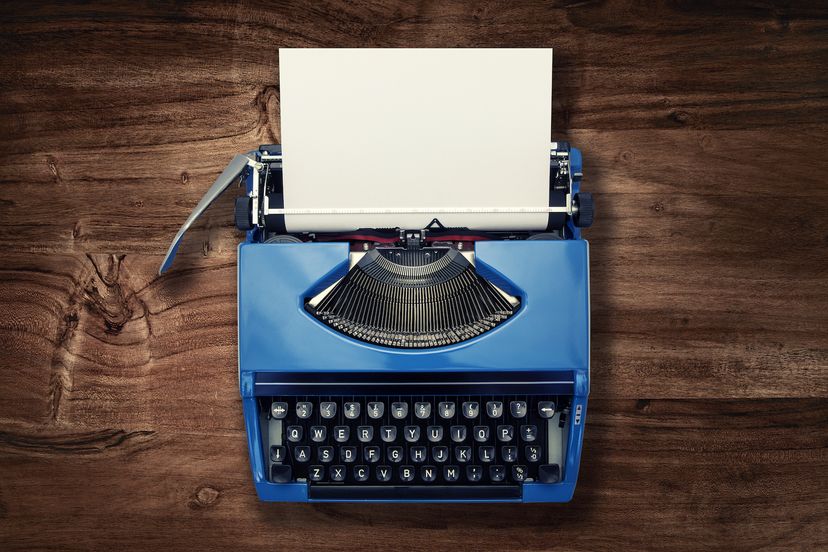While the history of the typewriter is unclear and numerous inventors have received credit for the typing machine, historians generally accept that Italian inventor Pellegrino Turri played a significant role in the early days of the typewriter. In 1808, he reportedly created a device to help his blind friend, Countess Carolina Fantoni da Fivizzano, in writing letters independently.
In the United States, William Austin Burt invented and patented a device known as the “typographer” in the 1820s. However, this precursor to the modern typewriter was not widely adopted on a commercial level. It wasn’t until Christopher Latham Sholes, who created the first practical and commercially successful typewriter in the 1860s, that the device made a splash in the American market.
Sholes, a newspaper editor and inventor, collaborated with Carlos Glidden, a fellow printer and editor, and Samuel W. Soule, a printer. Glidden provided financial support, and Soule invented the escapement mechanism, which regulated the movement of the typewriter’s carriage. As the 1868 patent details, “Its features are a better way of working the type-bars, of holding the paper on the carriage, of moving and regulating the movement of the carriage, of holding, applying and moving the inking-ribbon, a self-adjusting platen, and a rest or cushion for the type-bars to follow.”
They sold that patent to E. Remington & Sons, and by 1873, the manual typewriter became known as the Remington Typewriter. This first model only allowed the user to type in capital letters. The shift key would later allow people to write in both uppercase letters and lowercase ones.
